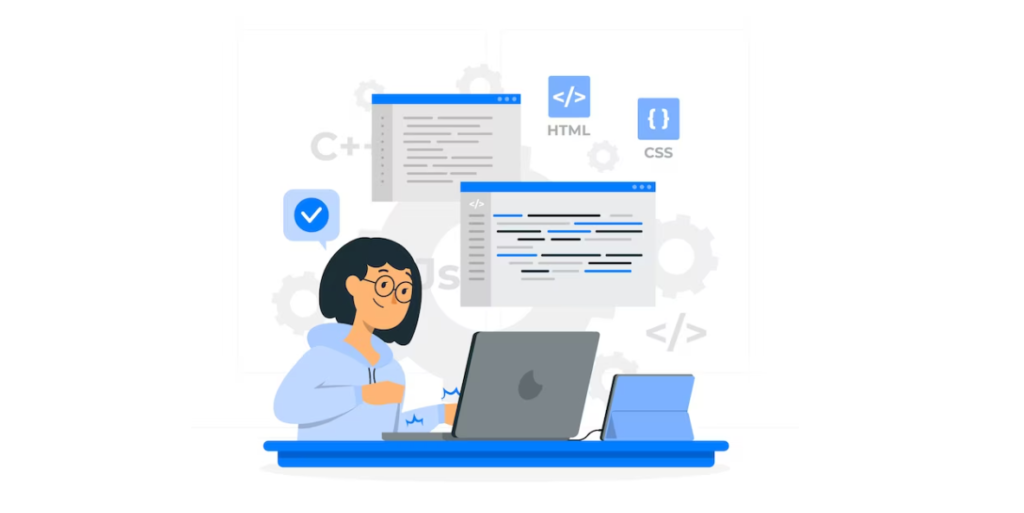
Loadable Components in Web Development
In modern web development, ensuring efficient and high-performing applications is crucial. With the increasing complexity of JavaScript applications, code splitting, and the use of loadable components have become essential strategies. This article explores loadable components, their benefits, and how to use them.
What are Loadable Components?
For those aiming to implement code-splitting in server-rendered applications, Loadable Components come highly recommended. This is primarily because, as of now, React.lazy and Suspense aren’t equipped for server-side rendering. With Loadable Components, dynamic imports can be seamlessly rendered just like any other standard component.
Example:
Let’s delve into a practical illustration:
import loadable from '@loadable/component';
const OtherComponent = loadable(() => import('./OtherComponent'));
function MyComponent() {
return (
<div>
<OtherComponent />
</div>
);
}With this setup, AdditionalComponent will be compartmentalized into its distinct bundle.
Benefits

| Benefit | Description |
|---|---|
| Improved Performance | Splitting code and loading only what’s needed results in faster initial application loads. |
| Enhanced User Experience | Users can interact with visible parts of the app quickly, while other parts load in the background. |
| Optimized Bandwidth Usage | Users download only necessary code, ideal for those with slow internet or limited data plans. |
| Better Caching | Smaller code chunks are cached more efficiently, reducing the need to re-download entire bundles when only a part of the application changes. |
Conclusion
Loadable components represent a leap forward in optimizing modern web applications. They provide an elegant solution to the challenges posed by large JavaScript bundles, offering not only performance benefits but also an enhanced user experience. As applications continue to grow in complexity, tools and strategies like loadable components will become even more essential in the toolkit of every web developer.
If you’re intrigued by the intricacies of React’s inner workings, you may also like our article about how does getDerivedStateFromError function in React.